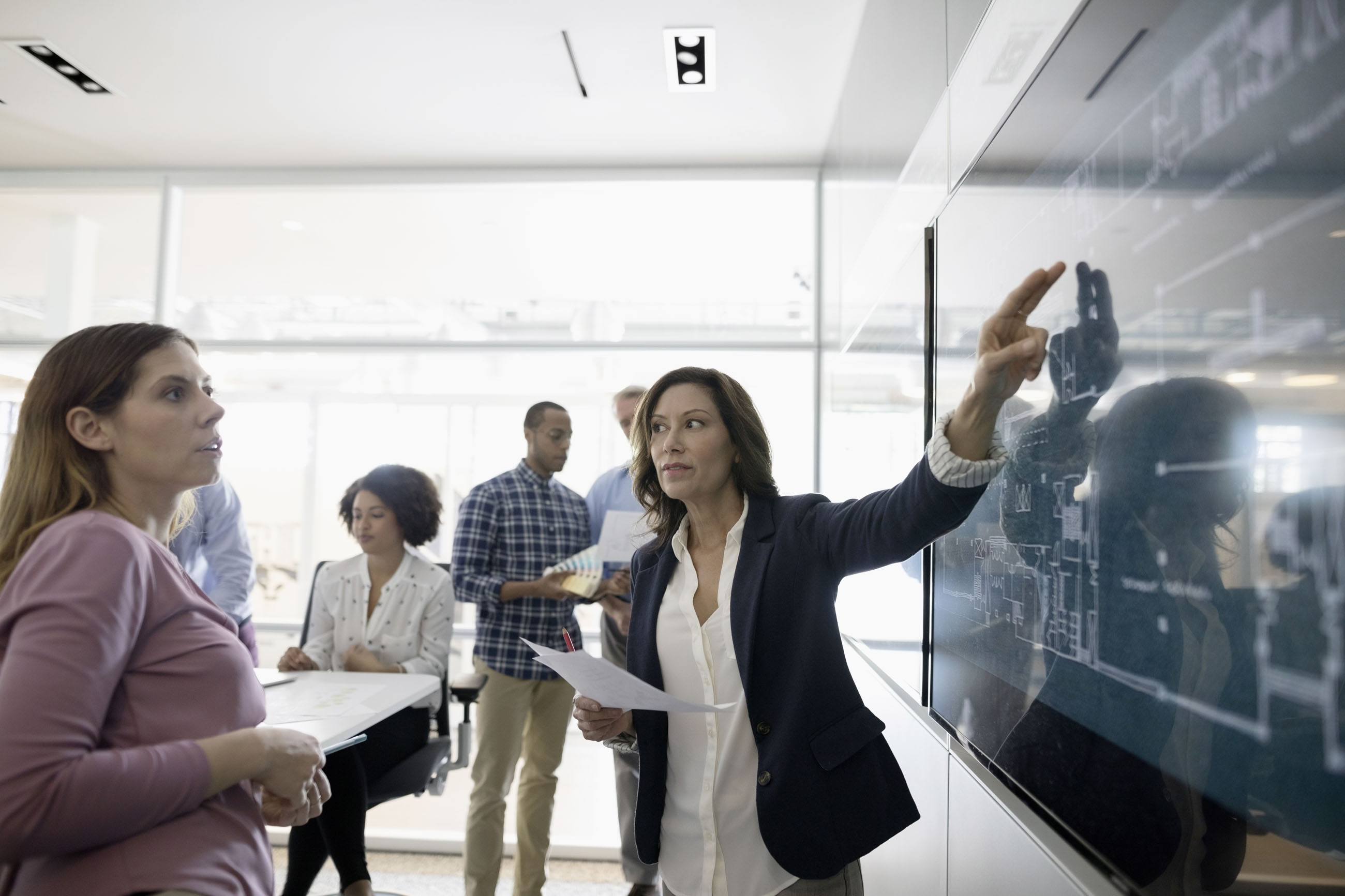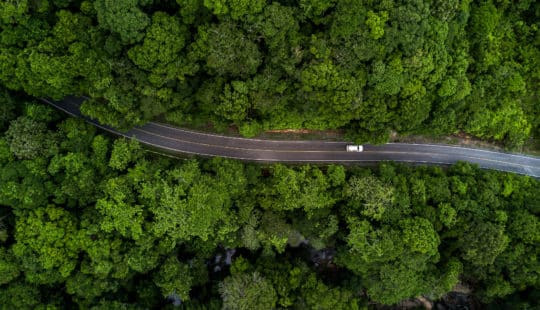Change is as good as a holiday, they say – and “they” might be right. While enduring one of the world’s longest and toughest lock-downs in Melbourne, I started a new role at SAP. As a solution advisor for our Asset Intensive Industries Centre of Excellence, my role is to collaborate with customers and advise SAP on how to improve our software offerings. Sounds great in theory so let me elaborate on how it works in practice.
In the beginning, there are needs to be filled, pain points to be identified, and processes to be improved. With the benefit of years of industry experience, close partnerships with leading organisations, and an eye on the latest technology, SAP’s Asset Intensive Industries Centre of Excellence keeps track of a backlog of topics. Through consultation with customers, partners and alignment with SAP’s roadmaps, this backlog is prioritised into a vision.
Vision is important; and formulating that vision along with high-level conceptual architecture, value to industry, and to SAP forms part of a business case that we socialise with stakeholders for consideration. Once a topic is approved, the rubber hits the road and the work can begin in earnest.
I’d like to share a real-world example. One topic the COE is passionate about is the efficient maintenance of assets. Over many years SAP has become a leader in this space with a feature-rich Enterprise Asset Management solution. Managing all aspects of an asset lifecycle including history, planning, spare parts, availability, the people involved, and their health and safety.
Increasingly the management of assets is outsourced to 3rd party service providers. Leveraging these partner organisations brings many benefits but also introduces new challenges and risks including double-handling of information, lack of visibility, data timeliness, and the management of asset knowledge.
Back when I started my career, we used to handle orders by fax; and these days we use the SAP Ariba Network to manage procurement. And this network approach is the vision for a collaborative work order, where Asset Owners (for example mining companies, public sector organisations, and utilities) share their information with 3rd parties to enable modern collaboration that no longer relies on emails and phone calls.
To realise the network vision, we decided to leverage the SAP Asset Intelligence Network and SAP Fieldglass as the core foundation of the solution architecture. From here we have been able to design high-level process flows, data model, and screen concepts.
Inviting industry collaborators meant explaining the vision and agreeing to work together on the solution. The response has been fantastic with hundreds of hours of support from industry to articulate the as-is processes and associated pain points. And to provide input and review the to-be process and concepts.
During the pandemic, this has meant remote workshops leveraging tools such as Mural to collaborate. Along with the world’s leading mining and utility companies our co-innovation includes organisations such as Deutsche Bahn one of the world’s leading mobility and logistics companies.
With industry and SAP working together we have been able to develop and publish a roadmap to realise the vision of a collaborative work order. Focusing on co-innovation with our customers has been a breath of fresh air to help me through the pandemic. I knew I’d find some interesting challenges along the way. What I’m delighted to find is a passion from both our customers and our product engineering teams to make the world run better. Learn more about the new Centre Of Excellence for Asset Intensive Industries.
This article originally published on Linkedin



